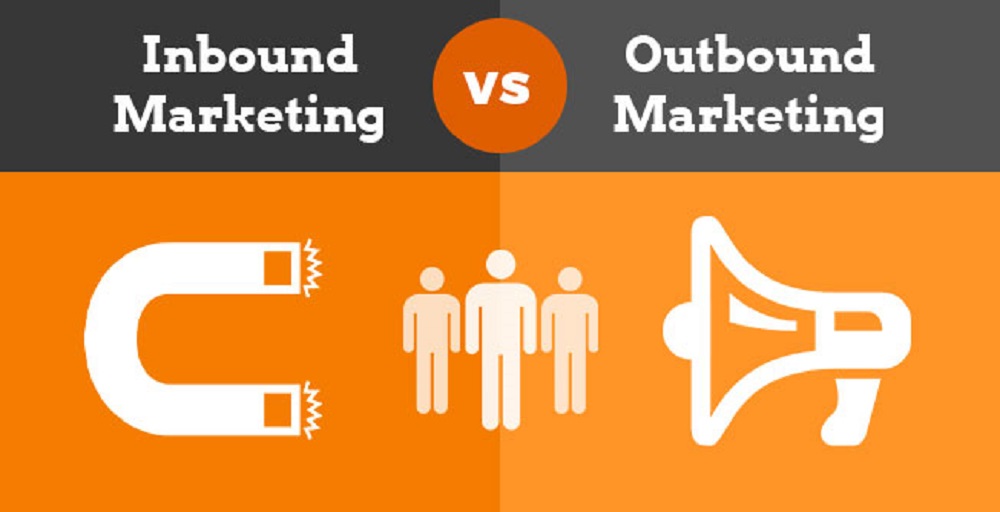Probably you have come across hundreds of articles proclaiming that ‘inbound is a fad’ or ‘outbound is dead,’ each support one over another. The truth is that both have their pros and cons. In this post, you will learn some facts about each approach so that you make the right decision. You can find a digital marketing agency in Phoenix that provides one or both of these methodologies. Ideally, these are marketing and sales methodologies that are aimed at driving sales and generating leads.
Defining the Terms
Inbound is when you produce engaging and informative content and potential customers come to your website. This can be through joining your webinar, downloading an ebook, signing up for a newsletter, or visiting your blog. On the other hand, outbound is when you send information or messages to potential customers. Some of the outbound techniques include email outreach, banner advertising, and telemarketing.
Outbound Marketing Approach
Leads generation and outbound marketing are quite difficult to label as ‘ineffective and outdated’ as they encompass a lot. Traditional outbound methods include TV, newspapers, radio, billboards, direct-email, event sponsorships, and magazines. As you can see, there is a rich history behind outbound marketing. However, this methodology has diversified and progressed along with technological advancements, business objectives, marketing strategy, and behavioral insights. Also, outreach, email marketing, social media, banner campaigns, and PPC campaigns fall into this category.
The good thing about outbound marketing is that it is a foolproof way for brands and businesses that do not have a huge following or do not attract a massive interest to generate business. Also, there are several ways it can be done without irritating prospects. Another benefit is that it provides certainty that your potential customers have seen or heard your message in some way. A lot of companies use it to carry out market research. This is because it gets out the message to the target audience and you can get their reaction. In addition, some techniques such as email are known to have the highest ROI.
Outbound marketing has its share of disadvantages. For instance, receiving sales messages can be quite frustrating considering how modern businesses are pushy. This makes it inherently interruptive and intrusive. Thus, your prospects can get frustrated rendering your campaigns less effective. The quality of leads and lists has a huge impact on the responses. However, sourcing quality leads can be quite time-consuming.
Inbound Marketing Approach
The truth is that inbound marketing is a newer method than outbound marketing. This approach focuses on creating quality, informative content that attracts people toward your product and company. Thus, the content you create must match your customer’s interests. In this way, you can attract inbound traffic that can be converted to sales.
Ideally, inbound is the opposite of outbound. Rather than reaching out to your prospects, you attract them with free information and advice. It combines social media marketing, search engine optimization, and user-friendly website design. Some of the examples of inbound marketing include your website, blog, landing pages, newsletters, webinars, social media profiles, podcasts, and the content you create. As a result of this, inbound marketing is described as ‘permission marketing’ as it is less interruptive. According to a popular digital marketing agency in Phoenix, it is also cost-effective to produce content.












